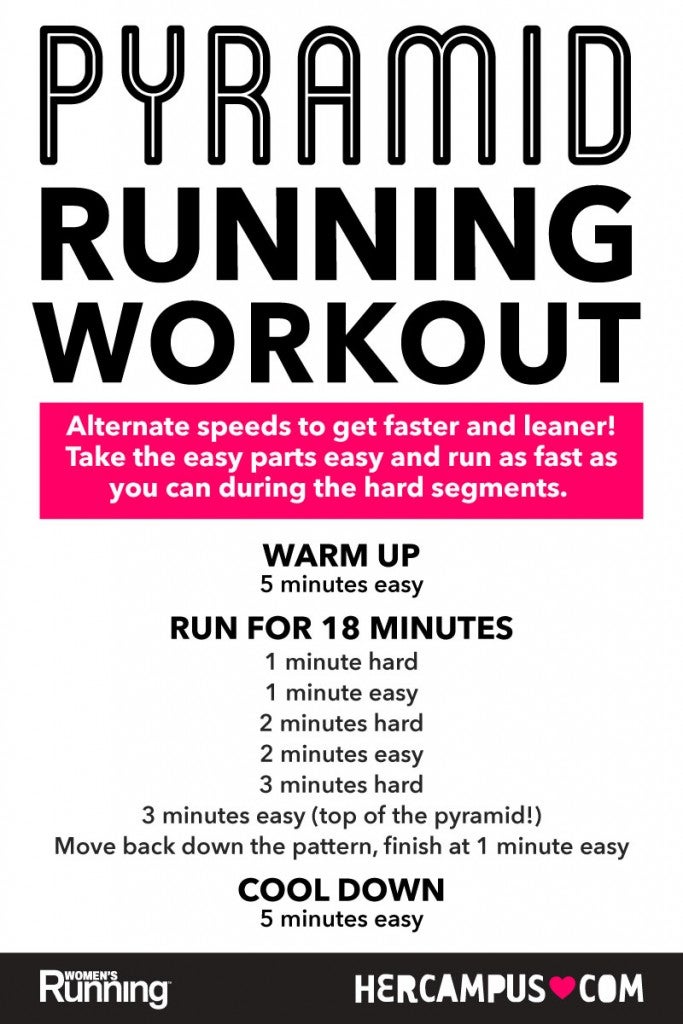Turbocharge Your Runs: Unlock Your Potential with Strategic Running Workouts
Turbocharge Your Runs: Unlock Your Potential with Strategic Running Workouts
Blog Article
The Ultimate Overview to Handling Discomfort When Running
Whether you are a seasoned marathoner or just beginning your running trip, understanding the numerous kinds of discomfort that can emerge and the approaches to address them is critical. From pre-run workout routines to proper footwear option, there are many factors to consider when it comes to dealing with discomfort while running.

Recognizing Various Kinds of Running Pain
When running, it is essential to compare different kinds of discomfort to stop injuries and take full advantage of efficiency (Read More). One typical sort of pain that joggers might experience is muscle discomfort, which typically emerges from the stress and anxiety placed on muscles throughout exercise. This sort of pain is commonly a typical part of the running procedure and can be handled via appropriate warm-up, cool-down, and stretching regimens
An additional type of pain to be knowledgeable about is joint pain. Joint pain can suggest problems such as overuse, inappropriate kind, or underlying problems like arthritis. Ignoring joint discomfort can bring about more extreme injuries, so it is crucial to address any type of pain without delay and perhaps look for expert suggestions.
Additionally, sharp or stabbing discomforts must not be neglected. These kinds of pain can signal acute injuries such as pressures, strains, or anxiety cracks - running workout. Continuing to go through these sorts of discomfort can intensify the injury and prolong recuperation time

Pre-Run Workout and Stretching Regular
To prepare the body for a running session, executing an efficient pre-run workout and extending routine is vital. A proper workout helps raise blood flow to the muscle mass, enhances versatility, and decreases the threat of injury throughout the run. By incorporating a consistent pre-run warm-up and extending regular right into your running routine, you can maximize efficiency and minimize the threat of discomfort or injury.
Correct Footwear Selection and Fit
Choosing proper footwear that fits well is essential for joggers to prevent discomfort and lower the danger of injuries. Uncomfortable shoes can lead to blisters, black toenails, shin splints, and various other painful conditions that can impede efficiency and sideline training. When selecting running footwear, it is vital to think about factors such as foot kind, running stride, arch assistance, cushioning, and footwear size. running workout. Checking out a specialized running shop for a stride analysis and specialist fitting can help make certain that you select the right footwear for your private needs. Running footwear should give adequate support and stability while also fitting and light-weight. Furthermore, it is recommended to replace your running footwear every 300-500 miles to preserve appropriate padding and assistance. Investing in premium footwear that is proper for your running style and foot composition is a proactive step towards stopping discomfort and injuries throughout your runs.
Nourishment and Hydration Tips for Pain Avoidance

Hydration is similarly important for joggers to stay clear of pains, dehydration, and other discomforts that can lead to discomfort throughout running. By focusing on nutrition and hydration, joggers can boost their performance, decrease discomfort, and delight in an extra comfortable running experience.
Post-Run Healing Techniques to Ease Discomfort
Implementing effective recovery strategies is vital for minimizing discomfort and advertising muscle mass healing after running sessions. In addition, icing aching locations for 15-20 minutes can aid minimize swelling and numb discomfort post-run.
Hydrating appropriately post-run is critical for renewing liquids shed during workout and assisting in muscle recuperation. Eating a balanced treat or meal that consists of healthy protein and carbs within half an hour of completing a run can help fix muscle tissue and restore power stores. Additionally, obtaining sufficient rest is crucial for permitting the body to fix and reinforce muscular tissues. Including active healing tasks such as light walking or swimming can likewise help promote blood flow and lower muscular tissue stiffness - Read More. By incorporating these post-run recovery methods into your regimen, you can properly handle pain and maximize your running performance.
Final Thought
Finally, attending to various sorts of running discomfort through appropriate warm-up, stretching, shoes selection, nourishment, hydration, and post-run healing techniques is important for pain prevention and monitoring. By recognizing the root causes of discomfort and executing these methods, joggers can reduce discomfort and prospective injuries. It is essential to focus on overall physical wellness and health to guarantee a successful and delightful running experience.
Report this page